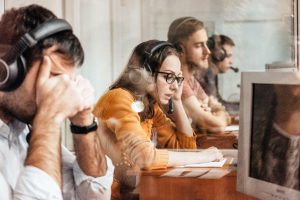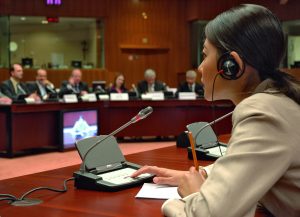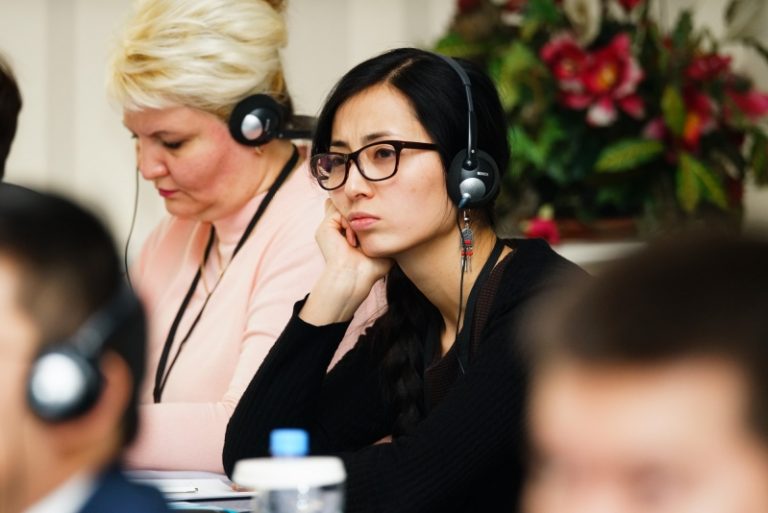Thousands of trainings are held annually in Moscow, the headliners of which are foreign language specialists. Customers in the capital wishing to find a translation agency capable of serving such an event can contact us. The key features of simultaneous translation of trainings will be highlighted in this article.
Notes for students
In classes conducted by foreign language specialists, listeners, as a rule, use audio headsets. Through them, the headliner’s speech is transmitted already translated. Thus, the training participants do not experience the discomfort caused by mixing information coming in different languages at the same time. As a rule, a linguist engaged in simultaneous speech translation is in a separate booth, having the opportunity to observe the speaker. The headliner of the training, in turn, uses a microphone, which transmits an audio signal in the original language directly to the interpreter’s headphones.
Having only a few seconds to recognize the content of a foreign speech, the specialist immediately translates the information into the target language, while maintaining the intonation and style of presenting the message. In this case, the translator must link his pronunciation rate to the length of the speaker’s phrases.
the length of the speaker’s phrases.
Since simultaneous translation requires an increased concentration of attention, the servicing of many hours of training usually takes place with the involvement of two linguists. They rotate every thirty minutes in order to maintain the quality of the translation, thus avoiding emotional and intellectual overload. An important requirement for linguists involved in the simultaneous translation of trainings is sufficient knowledge of special terms and fundamental theses within the framework of the lesson topic.
Often, the service of such training events is accompanied by video filming of the speaker’s speech. At the end of the training, the recorded simultaneous translation is superimposed on the picture using video editing software. The output is a full-fledged Russian-language video, which can later be used many times to teach other listeners without the need for the physical presence of a foreign-language speaker.

